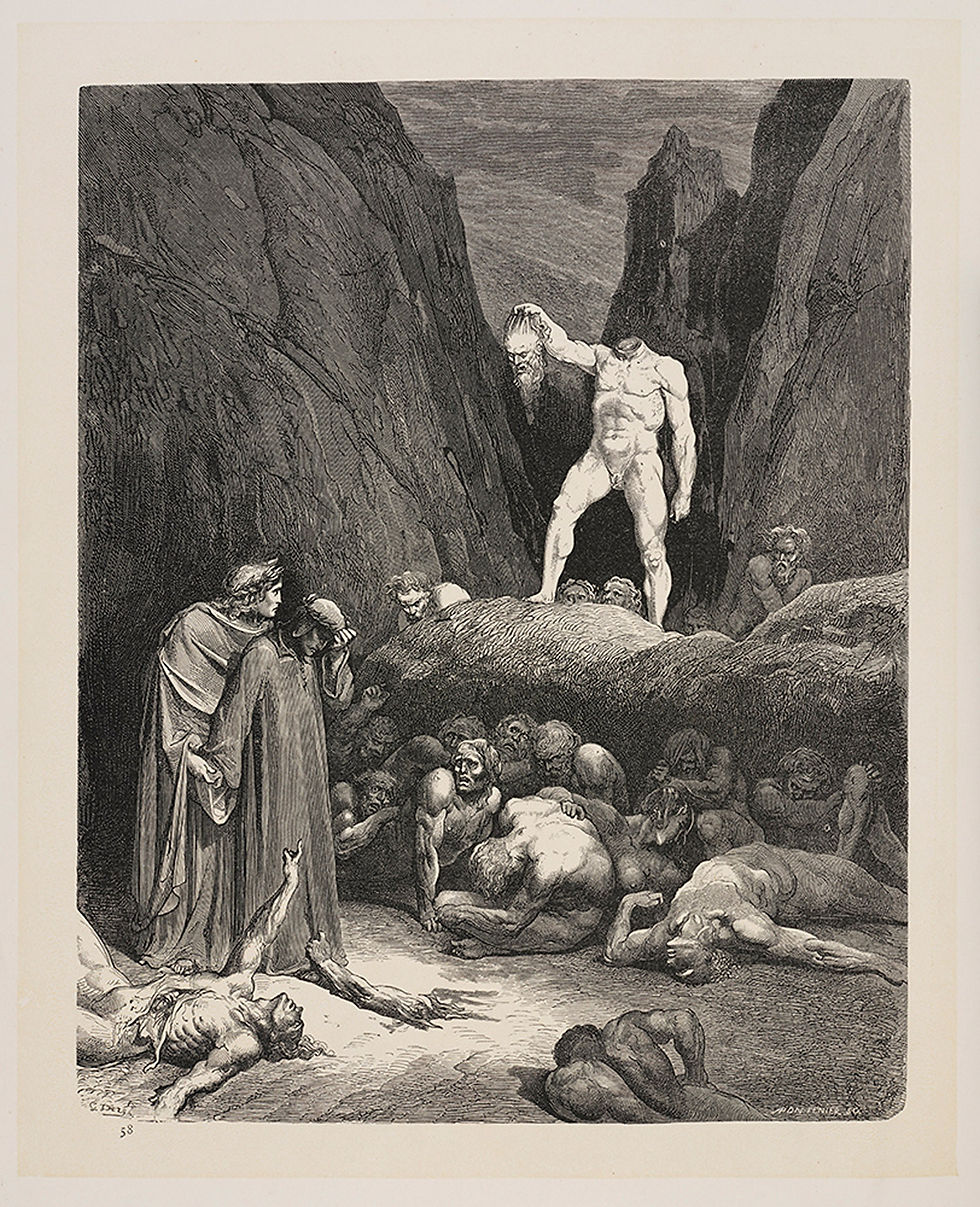DANTE: THE INVENTION OF CELEBRITY, Ashmolean Museum
- timeless travels

- Sep 28, 2021
- 3 min read
by Theresa Thompson, Arts Correspondent

Head of Dante, after Raphael, Black chalk on yellowish paper, c.1800-30. © Ashmolean Museum, University of Oxford
Time and again you see him, in art in profile, arrowhead nose, determined jaw, laurel wreath on cap, tome at hand, an achiever, a thinker, a poet: the unmistakeable image of Dante.
To John Ruskin, writing 100 years ago, Dante was “the central man of all the world.” To us, 700 years on from Dante’s death in Ravenna in 1321, he’s the Italian poet and moral philosopher whose intense visual imagination has fired up ours over the centuries and gifted the world one of the greatest works of literature, his epic poem La divina commedia (The Divine Comedy).
The poetic trilogy – an allegory of human life presented as Dante’s personal journey through the three Christian realms of the dead - purgatory, heaven and hell described in haunting detail - was an instant best-seller, and Dante in turn became a celebrity.
To think that, seven centuries later, we still instinctively recognise Dante Alighieri’s severe profile and revere his poem: that is quite some degree of fame.
Fame in this world has always been bound up with a visual image: we need to know what our saints and heroes look like, says Gervase Rosser, Professor of the History of Art, and the curator of two exhibitions in Oxford that celebrate the 700th anniversary of the poet’s death.
In the Ashmolean Museum’s exhibition, Dante: the Invention of Celebrity, the premise is that staples of our modern world such as personality cults, style icons and reality TV, have an origin that can be traced to Dante’s epic poem, the Divine Comedy, completed around 1320.
In the Bodleian, a short walk away, The Divine Comedy: From Manuscript to Manga looks at the material form of the book and how it and its illustrations have changed over the centuries. One of the finest early manuscripts of the poem is on view in the Weston Library’s foyer along with modern cartoon and manga versions.

The Earthly Paradise, Geoff MacEwan, Etching on copperplate, 2010. © Ashmolean Museum
The over 60 artworks on show at the Ashmolean, many of which are drawn from its own collections, plus loans and new commissions, offer a variety of interpretations to explore both the origins of fame and the breadth and power of Dante’s legacy.
Examples come from famous artists of the past such as William Blake, Dante Gabriel Rossetti and Salvador Dalí, as well as present-day responses, for instance from Tom Phillips RA, Geoff MacEwan, and Rachel Owen among others. Furthermore, looking to the future and a world of rapidly expanding Artificial Intelligence, there’s also an artwork by artist-robot Ai-Da made exclusively for this exhibition.
Advertisements for olive oil (Olio Dante), meat extract, a tile filler, Fiats, and Olivetti typewriters reveal another side to fame: that it has its price. The 19th century boom in enthusiasm for Dante coincided with the birth of mass marketing.
It is easy to overlook the improbability of the phenomenon that was - and is - Dante, writes Rosser in his book accompanying the exhibition. In the Italian peninsula in the 1300s dozens wrote verse and many more endured political exile (as Dante had), yet only one used the experience to pen a work that gained instant recognition and an iconic statusfor its author that still resonates today.
It is an extraordinary achievement. Dante not only exposed the hollowness and hypocrisy of worldly reputation and power in his Comedy, but also - for the first time ever - dramatised on a world stage the lives of ordinary people.

The Sowers of Discord, Gustave Doré, Engraving, 1866. © Private Collection
And one ordinary person, Dante, a mere poet making his journey through life, in turn became a celebrity.
Taken at any level, the Comedy is a glorious thought-provoking poem. With a good translation that works for us as individuals and stimulating illustrations, beguiled by the verse, we walk on his journey with Dante, the man who had been to Hell, who told truth to tyrants and exposed corruption. And whether empathising with unrequited love – his for Beatrice - or the unforgettable characters, their sins, torments and punishments, or even indulging in schadenfreude - it is an unsettling journey.
“His Comedy holds up a mirror to our world which remains disturbingly familiar,” said Rosser. “His insights on worldly reputation speak directly to our own celebrity culture.”
Admission is free to both exhibitions, but a Museum entry ticket (also free) is necessary for the Ashmolean. This can be booked online. See: https://www.ashmolean.org › event › dante
Dante: The Invention of Celebrity
Ashmolean Museum | Gallery 8, Lower-Ground Floor | 17 September 2021 – 9 January 2022 | Free admission
The Divine Comedy: From Manuscript to Manga
Bodleian Library | Weston Library, Blackwell Hall | 18 September – 14 November 2021 | Free admission




Comments